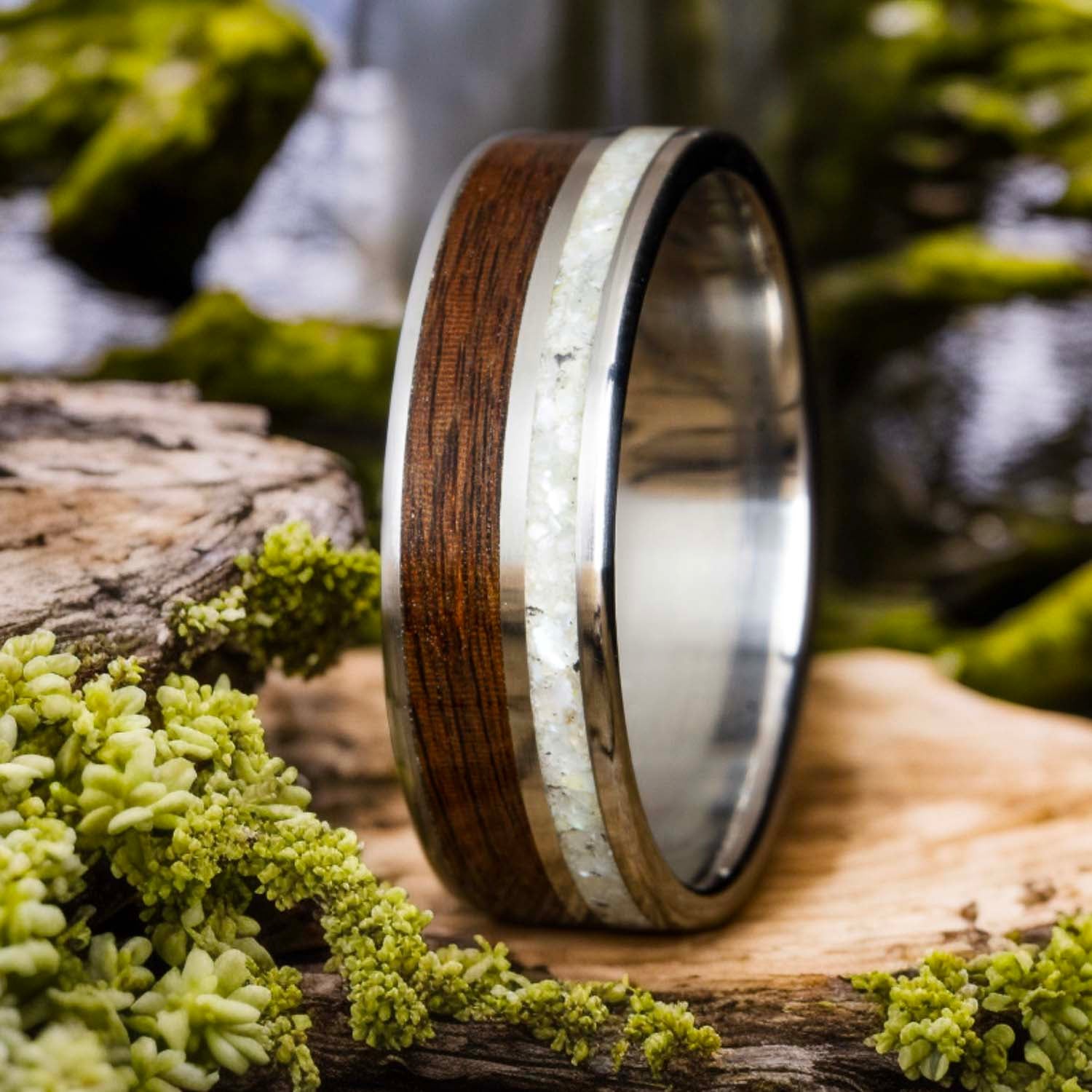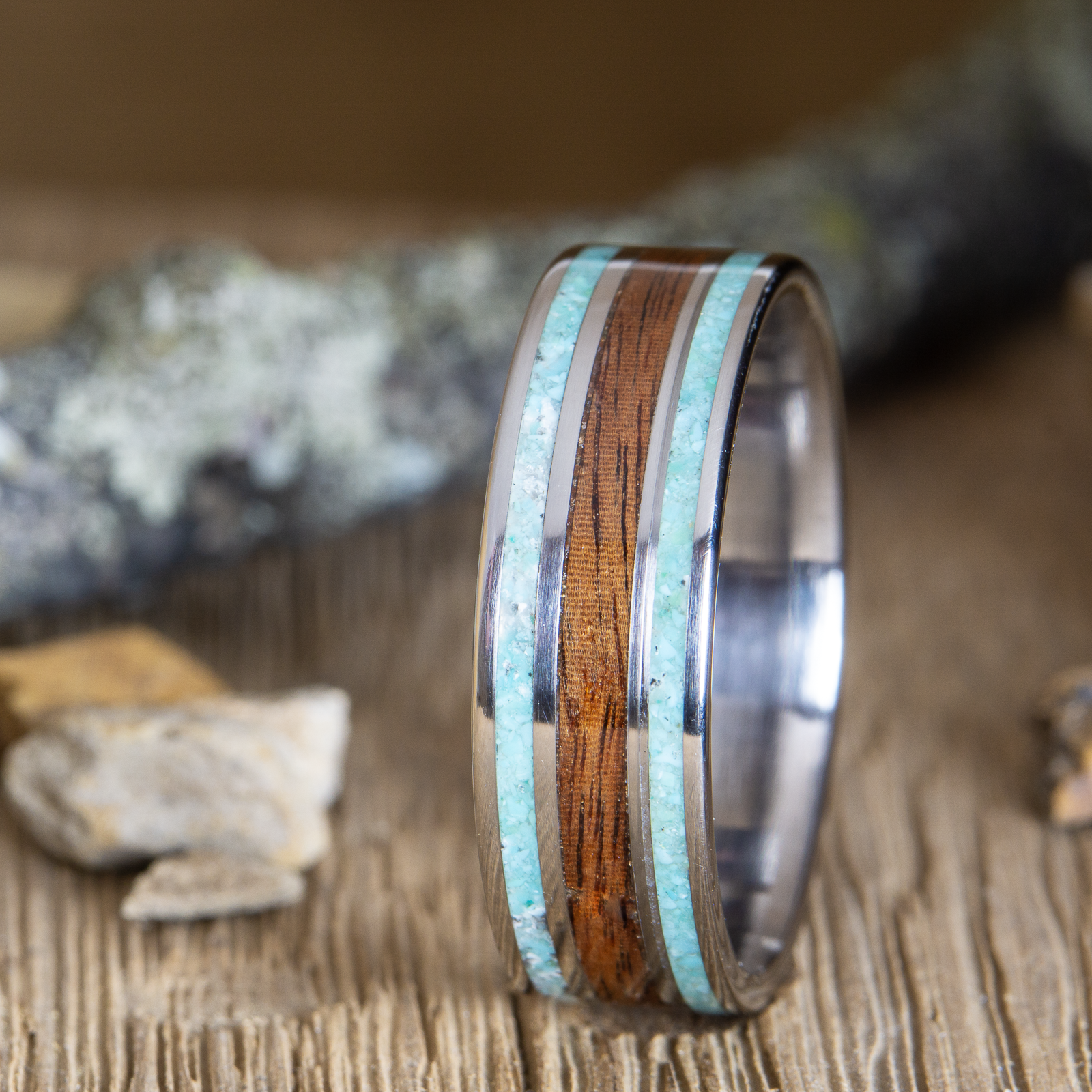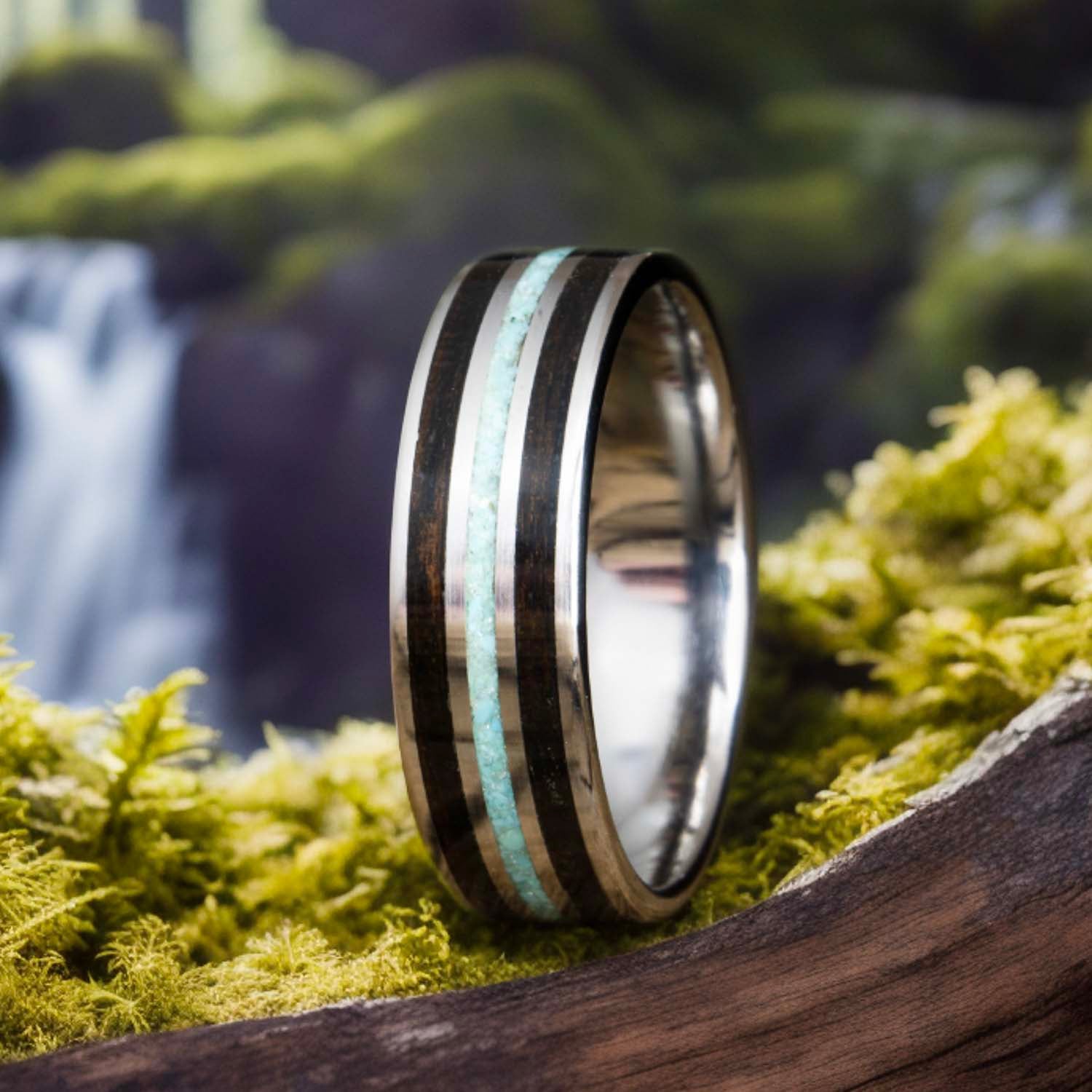What Does a Wedding Ring Symbolize?

Wedding rings have been a significant symbol in various cultures for centuries. They represent a multitude of meanings and values that are cherished by couples around the world. But what does a wedding ring truly symbolize? Let's explore the rich history and profound meanings behind this timeless tradition.
The Circle of Eternity
At its core, the shape of the wedding ring—a circle—holds deep symbolic meaning. Circles are often associated with eternity and infinity, as they have no beginning or end. This unending loop represents the eternal nature of love and commitment shared between two people. The circular form signifies the continuous journey of a married couple, filled with endless possibilities and enduring love.
Unity and Wholeness
Wedding rings also symbolize unity and wholeness. When partners exchange rings, they are making a public declaration of their unity. This act signifies that two individuals are coming together to form a complete whole, committing to support and cherish each other through life's ups and downs. The ring becomes a daily reminder of this unity and the promise to face challenges together as a united front.
Love and Commitment
The exchange of wedding rings during the marriage ceremony is a powerful expression of love and commitment. By placing the ring on each other's finger, couples pledge their loyalty and dedication to one another. This physical token serves as a constant reminder of the vows taken and the love that binds them. The wedding ring is a tangible representation of an intangible bond, symbolizing the depth and strength of the couple's commitment.

Historical Significance
The tradition of wearing wedding rings dates back to ancient Egypt, where rings were made from braided reeds and worn as symbols of eternal love. The ancient Greeks and Romans also adopted this tradition, using rings made of iron to signify strength and permanence. The placement of the ring on the fourth finger of the left hand—often referred to as the "ring finger"—originated from the belief that this finger contained the "vena amoris," or the vein of love, which was thought to be directly connected to the heart.
Modern Interpretations
In contemporary times, wedding rings have evolved to include various designs, materials, and personal touches. From traditional gold bands to modern designs featuring titanium, wood, and tungsten, wedding rings have become a reflection of individual tastes and personal stories. Despite these variations, the fundamental symbolism of love, commitment, and unity remains unchanged.
Cultural Variations
Different cultures have their own unique interpretations and customs surrounding wedding rings. For instance, in some cultures, wedding rings are worn on the right hand instead of the left. In others, the materials and designs of the rings may carry specific cultural or religious significance. These variations add layers of meaning to the already rich symbolism of wedding rings, making them even more special for each couple.
Conclusion
In summary, wedding rings are much more than mere pieces of jewelry. They are powerful symbols of love, commitment, unity, and eternity. Whether crafted from titanium, silver, platinum, or adorned with wood accents, the wedding ring serves as a constant reminder of the vows exchanged and the deep bond shared between two people. It is a timeless tradition that continues to hold profound significance in the lives of married couples around the world.


























Leave a comment